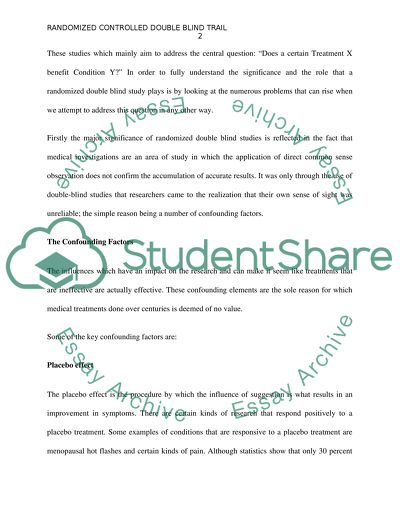Cite this document
(“What is a Double-Blind Study All about Research Paper”, n.d.)
What is a Double-Blind Study All about Research Paper. Retrieved from https://studentshare.org/psychology/1427620-research-methods-in-psychology-essay-what-is-meant
What is a Double-Blind Study All about Research Paper. Retrieved from https://studentshare.org/psychology/1427620-research-methods-in-psychology-essay-what-is-meant
(What Is a Double-Blind Study All about Research Paper)
What Is a Double-Blind Study All about Research Paper. https://studentshare.org/psychology/1427620-research-methods-in-psychology-essay-what-is-meant.
What Is a Double-Blind Study All about Research Paper. https://studentshare.org/psychology/1427620-research-methods-in-psychology-essay-what-is-meant.
“What Is a Double-Blind Study All about Research Paper”, n.d. https://studentshare.org/psychology/1427620-research-methods-in-psychology-essay-what-is-meant.


